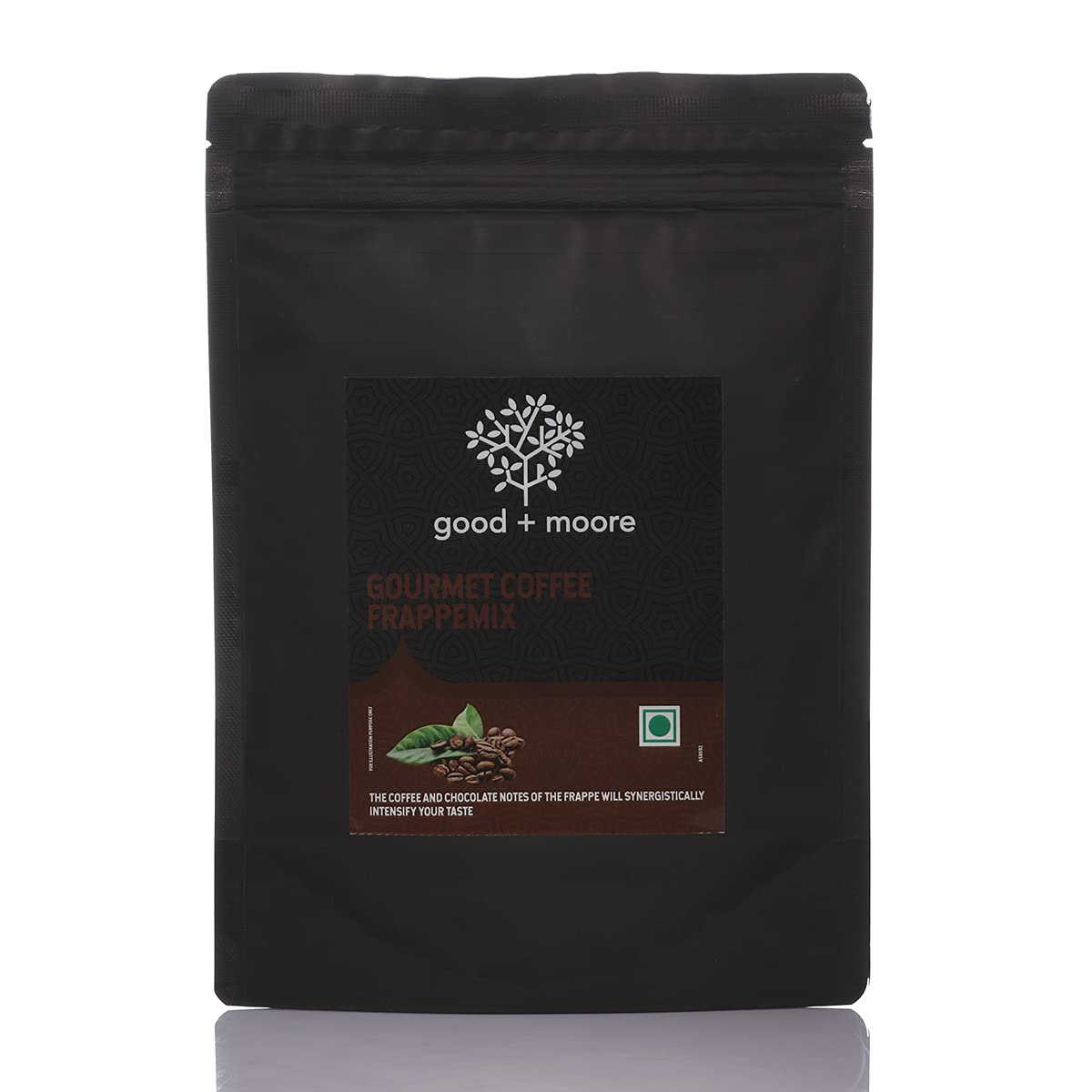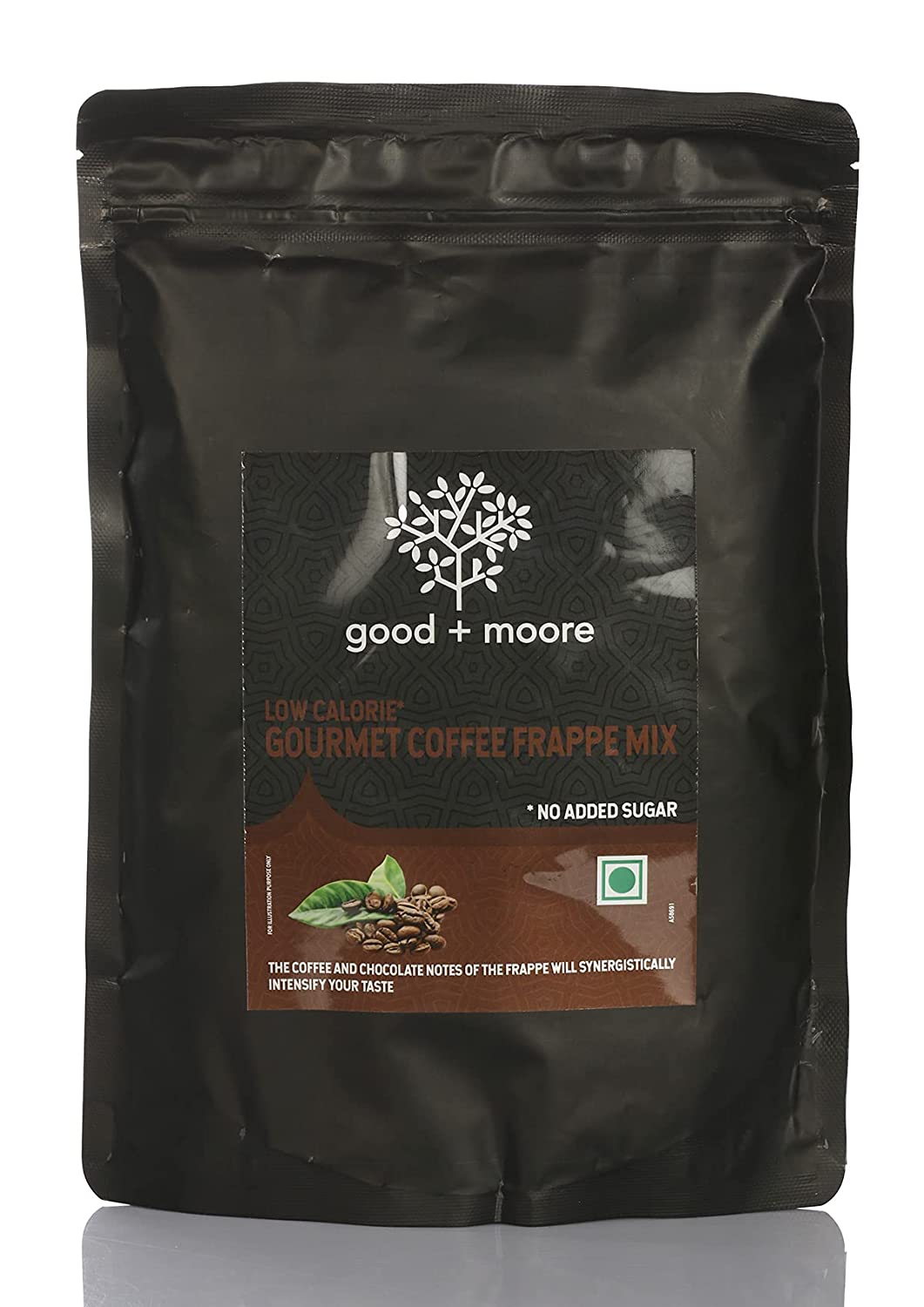Starch
Macronutrient
Last update date: November 08, 2023
Starch is a good source of energy and the main source of a range of nutrients in our diet. It is produced by most green plants for energy storage.
Frequently Asked Questions
1.
What is starch in food?
Starch is a complex carbohydrate found in foods such as grains, potatoes, and legumes. It consists of long chains of glucose molecules. When we eat foods containing starch, our body breaks it down into glucose, which is a primary source of energy for our cells. Starch also provides dietary fiber, promotes satiety, and may contain other beneficial nutrients.
2.
What is positive impact of Starch?
Starch plays a crucial role as a beneficial nutrient, providing the body with a sustained energy supply. Serving as the primary source of carbohydrates in many diets, starch delivers a steady release of glucose into the bloodstream, preventing rapid spikes in blood sugar levels. This controlled release helps maintain stable energy levels and supports optimal brain function. Starch is particularly valuable for individuals with high energy demands, such as athletes, as it aids in improving endurance and performance during physical activities.
3.
What is negative impact of Starch?
While starch is a vital energy source, excessive consumption can lead to health issues. Highly processed starches, such as refined grains and sugary snacks, pose risks of weight gain and increase the likelihood of developing chronic conditions like obesity, diabetes, and heart disease. Furthermore, certain individuals may exhibit sensitivities or allergies to specific sources of starch, resulting in digestive discomfort or adverse reactions. Maintaining a balanced starch intake, coupled with other nutrients, is essential. Opting for whole, unprocessed sources of starch whenever possible is recommended to minimize potential negative effects.
4.
Who should avoid Starch?
Individuals with specific medical conditions, such as diabetes or insulin resistance, may need to closely monitor their starch intake. Managing blood sugar levels becomes paramount, necessitating control over carbohydrate consumption, including starch. Additionally, those following particular low-carbohydrate diets, like the ketogenic diet, restrict starch intake to induce a metabolic state called ketosis, relying on fat for energy. Seeking guidance from healthcare professionals or registered dietitians can provide personalized advice for individuals who need to limit starch consumption.
5.
What vegetables and fruits are high in starch?
Potatoes: Potatoes are a staple starch and can be boiled, baked, or mashed. They are versatile and widely consumed in various Indian dishes. Rice: Rice is a primary source of starch in many Indian meals. It comes in different varieties such as basmati, jasmine, or parboiled rice. Cereals and Grains: Wheat, oats, barley, millets, and corn are examples of grains that provide starch. These can be consumed as bread, pasta, chapatis, or in the form of breakfast cereals. Legumes and Pulses: Lentils, chickpeas, kidney beans, and other legumes contain starch along with protein and dietary fiber. These are commonly used in Indian curries and soups. Root Vegetables: Tapioca, yams, sweet potatoes, and cassava are root vegetables that are rich in starch and often used in Indian cuisine. Processed Foods: Many processed foods, such as crackers, cookies, and snacks, contain starch as a major ingredient. It is important to choose healthier, whole grain options when consuming processed starches.
6.
What is a safe starch to eat?
Taro root, potato, rice, tapioca, and yams are considered as safe starch.
7.
How can individuals make healthier starch choices in their diet?
tructure your meals around starchy carbohydrates rich in fiber. Opt for options that are high in fiber or wholegrain, such as wholewheat pasta, brown rice, or potatoes with their skins intact. These choices offer a higher fiber content compared to white or refined starchy carbohydrates and can contribute to a prolonged feeling of fullness.











